[ad_1]
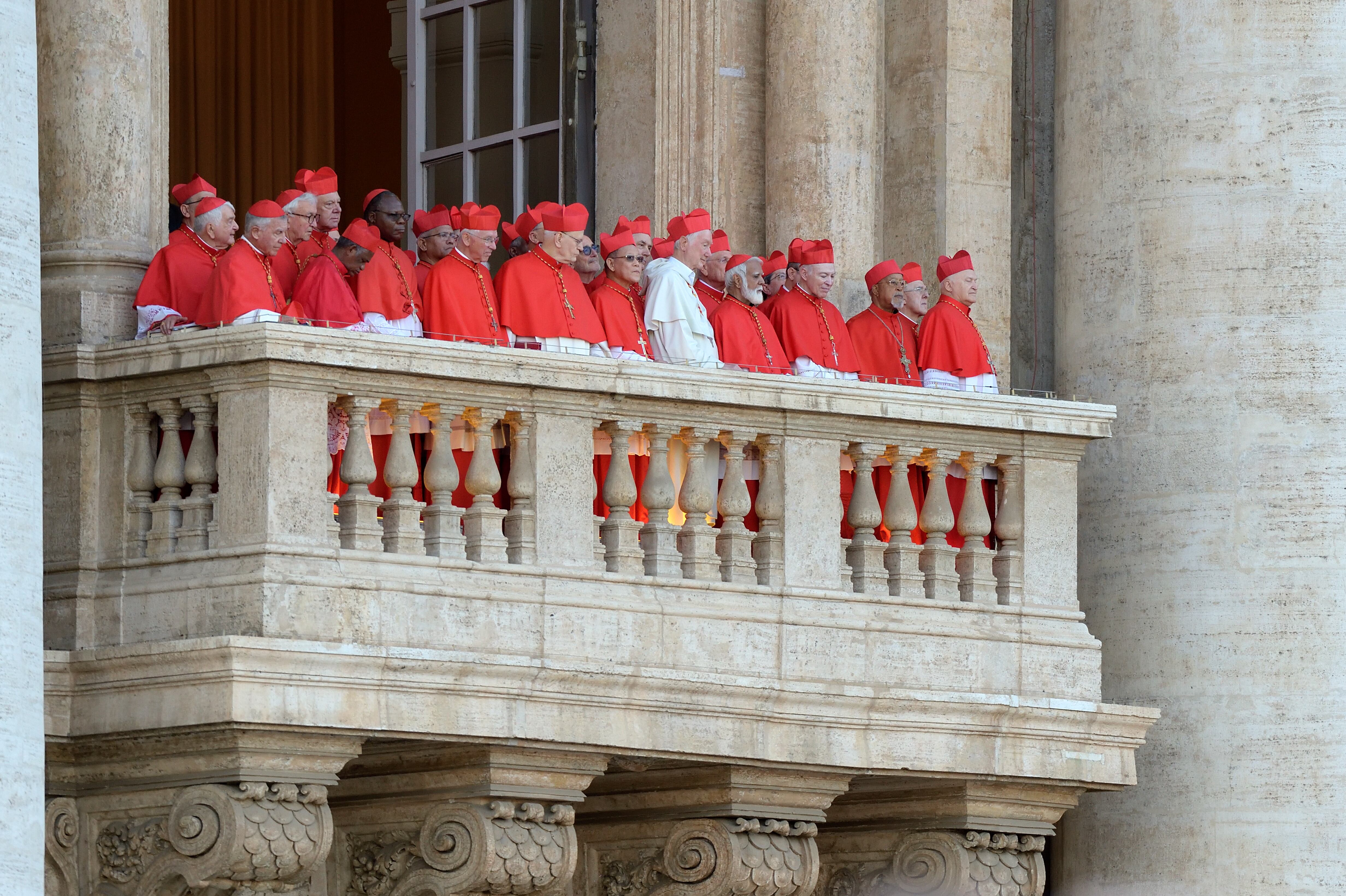
In the conclave that elected Pope Leo XIV on Thursday, the popular Roman saying was relentlessly repeated: “He who enters as pope leaves as cardinal.” Sometimes this hasn’t been the case, as with Pius XII in 1939 or Benedict XVI in 2005, when the clear favorites were selected in very quick conclaves, with three and four votes respectively. This conclave was also swift, with four ballots. But the chosen candidate wasn’t the favorite, Pietro Parolin, but rather the dark horse: Robert Francis Prevost.
What happens in the conclave is secret, although everything eventually comes to light, but the most plausible hypothesis, supported by all analysts, is that a scenario similar to 2013 occurred, when Pope Francis was elected. At that time, the election of an Italian, Angelo Scola, was seen as certain, but there was a surprise. It turned out he didn’t have as much support and it quickly collapsed in favor of an alternative candidate who had been working behind the scenes, the future Argentine pope. It only took five votes, one more than this time.
Parolin also entered the conclave in a weakened position. There were rumors about his fragile health, which the Vatican denied; his handling of the case of Cardinal Angelo Becciu was questioned when — at the last minute — he brought out two documents from Francis that ratified the veto against Becciu’s entry, and the conservative sector couldn’t forgive him for being responsible for the controversial agreement between the Holy See and China.
It’s likely that the first vote was fatal for Parolin, who had been expected to receive between 40 and 50 votes at the very least in the days leading up to the conclave. If he received fewer, the drop in support would have had the same effect as it did with Scola. And most probably, among the many papabili that were considered as alternatives, it was Prevost who stood out with a solid initial vote count. In reality, he was the strongest candidate, the one with the least objections, and with support from a broad spectrum of the Church, not just the progressive wing.
The most plausible scenario is that Prevost received backing from the United States and all of Latin America, as his figure unites the entire continent. That accounts for 36 votes. Additionally, it’s likely that he was supported by many European cardinals, who number 53, as well as parts of the curia, which he is a part of. And in general, he would have been well regarded by many cardinals from the Global South and all those who wanted a pontiff in the same spirit as Pope Francis.
The day before the conclave, there was speculation in Rome about an alliance between Parolin and Filipino Cardinal Luis Antonio Tagle, in which they would later divide power, with Tagle possibly assuming the position of Secretary of State. In theory, such agreements are prohibited, but it’s no secret that they happen. It is also said in Rome, echoing the popular saying, that many enter the conclave with the ambition of becoming pope but would settle for a Secretary of State position. In any case, if such an operation existed, it failed. Tagle, too, arrived in a weakened position at the conclave: his management of Caritas International had been heavily criticized, giving him the image of a disastrous administrator.
What is certain is that by the first and second votes on Thursday, the situation became clear, and by lunchtime, once again, the final vote would be determined by the last and decisive conversations to convince the undecided. The only question is whether Parolin decided to step back, aware that he would not be able to attract more support, in order to transfer his votes to Prevost, or if such a move wasn’t necessary.
The final twist in the exchange of roles is that it was Parolin, precisely, as the highest authority of the College of Cardinals in the conclave, who had to ask Prevost if he accepted the nomination. And he said yes. Later, Leo XIV had him by his side as he appeared on the St. Peter’s balcony.
2005 campaign to elect an Italian pope
This time, with Parolin emerging as a frontrunner in the days leading up to the conclave, a trend from 2005 has repeated itself. That year, after the election of the first non-Italian pope in centuries, John Paul II, Italy launched a strong campaign to return to tradition and elect an Italian pope. The Italian press favored several Italian candidates, most notably Dionigi Tettamanzi, but in reality, the favorite was Joseph Ratzinger.
In the conclave, according to later reconstructions, the truth is that Tettamanzi had no chance and received only two votes. Meanwhile, Ratzinger faced two competitors, the Jesuits Carlo Maria Martini and Jorge Mario Bergoglio. But they decided to step aside for the good and unity of the Church and not to prolong the conclave with a blocking minority. Something similar may have occurred this time, with Parolin, upon realizing that he wasn’t gaining traction, deciding to step back and transfer his votes to his rival. The speed of the conclave, which ended on Thursday, makes it possible that such a situation took place, as no blocking maneuver seems to have happened.
In fact, in 2005, those competing with Ratzinger withdrew because they realized that if they blocked him without gaining support themselves, all of them would ultimately be eliminated, and a third, perhaps worse, candidate could emerge. They considered that the German cardinal was, after all, the best pope possible.
Versions diverge on whether Bergoglio stepped aside voluntarily or was pushed out, as some historians argue that it was Martini, who did not have a good relationship with the Argentine cardinal, who went around the tables during mealtime to move his votes to the future Benedict XVI. For his part, Francis later recounted that he asked not to be voted for because he suspected he was only being used to block Ratzinger’s path, and that a shadow candidate would emerge afterward.
2013 campaign for another Italian candidate
In 2013, the Italian press once again pushed hard for another Italian cardinal, Angelo Scola, the Patriarch of Venice, a disciple of Ratzinger. who was close to the Communion and Liberation movement. The media bombardment was intense, though it was mostly an Italian phenomenon — outside the country, the idea of returning to an Italian pope seemed outdated. Still, the sense of certainty was so strong that after the white smoke, the Italian Bishops’ Conference mistakenly issued a statement congratulating Scola. During the live broadcast of Italy’s state-run station RAI, when Bergoglio appeared on the balcony, there was a minute of silence — the script had been thrown off.
According to later accounts, in the first vote, Scola received only 25 votes, compared to Bergoglio’s 12 — despite reports in the days prior that he had secured at least 50. His candidacy quickly collapsed; it became clear that his support had been overstated and wouldn’t grow. From the second round onward, Bergoglio began to gain momentum. Once again, the lunch break proved decisive in cementing his support. In fact, his name had been quietly circulating in the days before, though he was considered a long shot.
Sign up for our weekly newsletter to get more English-language news coverage from EL PAÍS USA Edition
[ad_2]
Source link

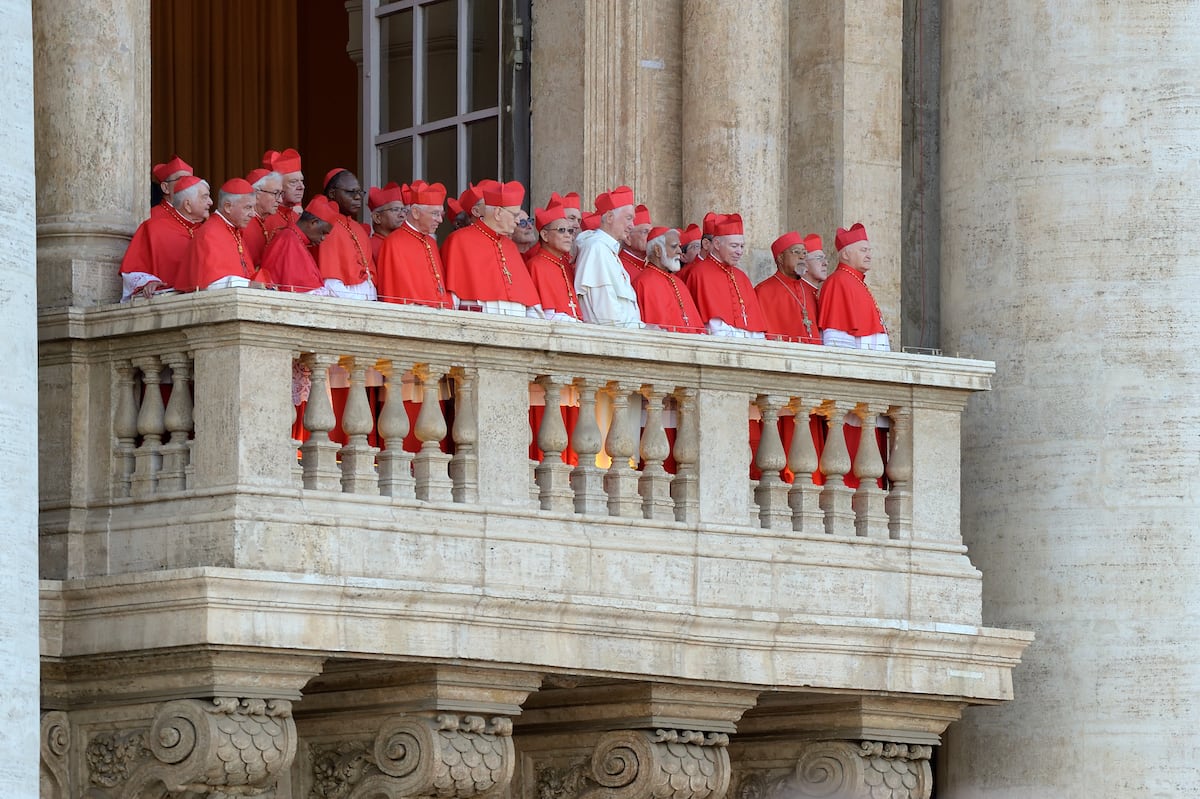

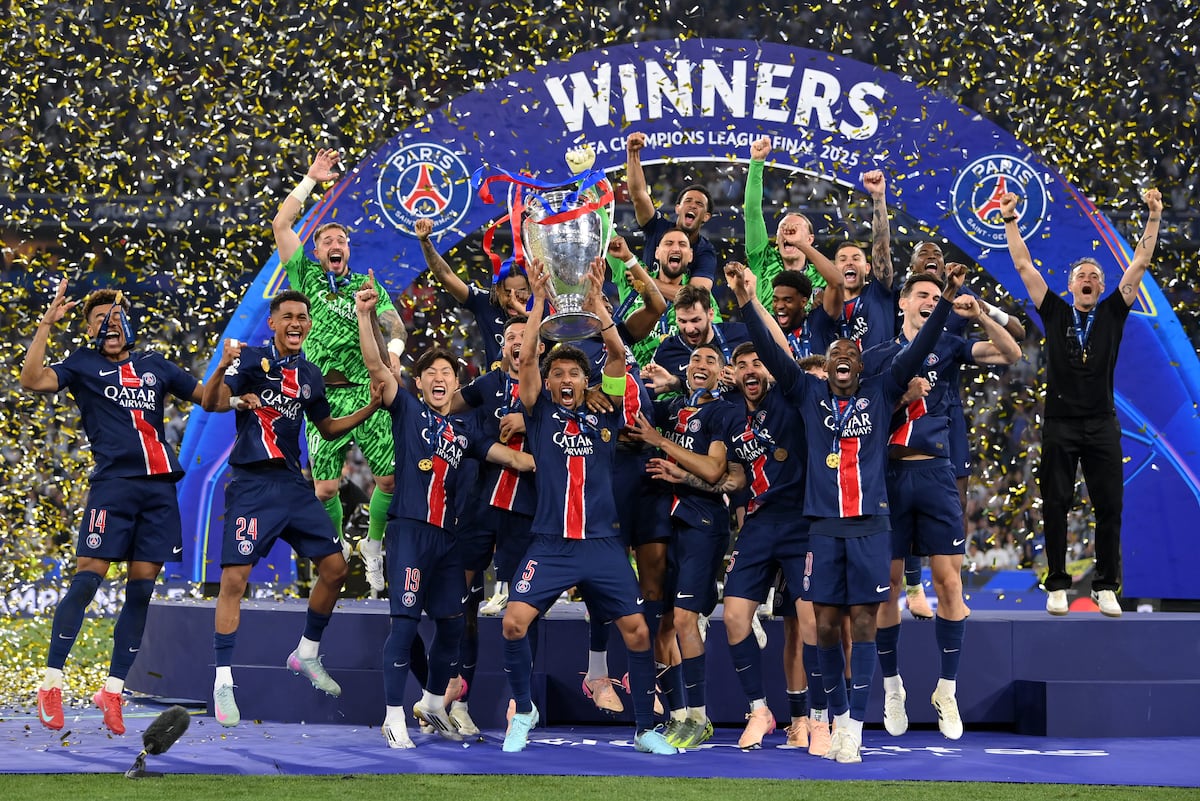
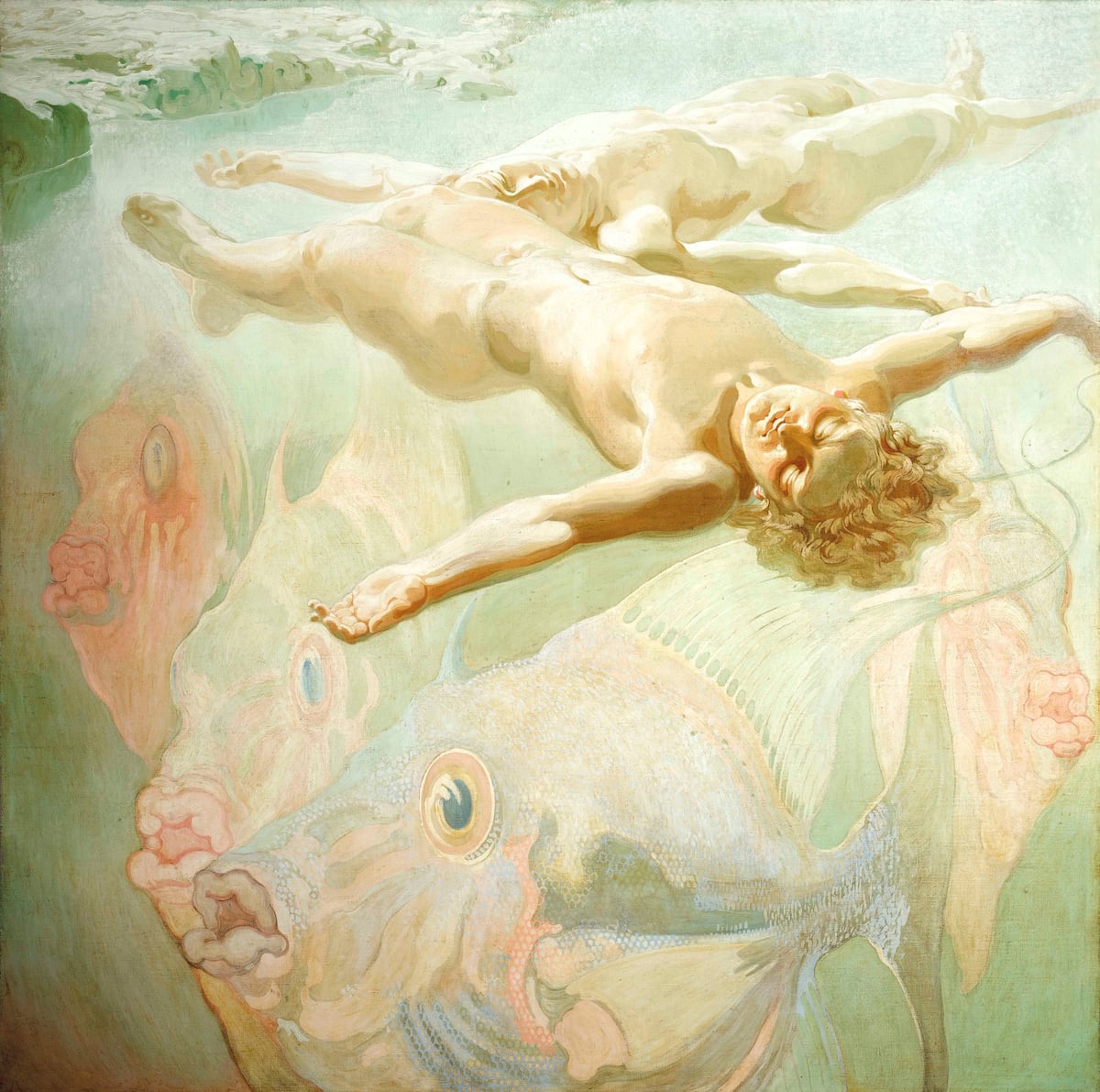
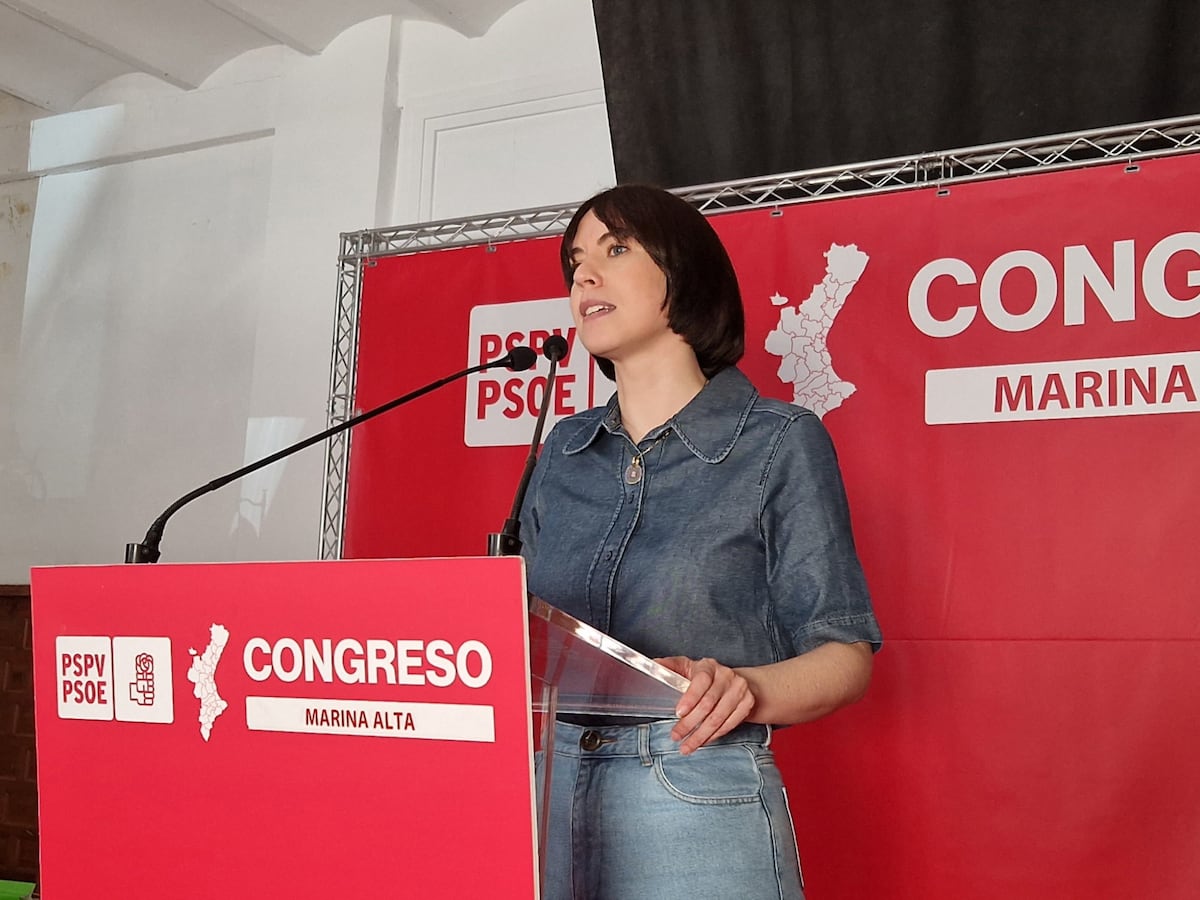

Comentarios